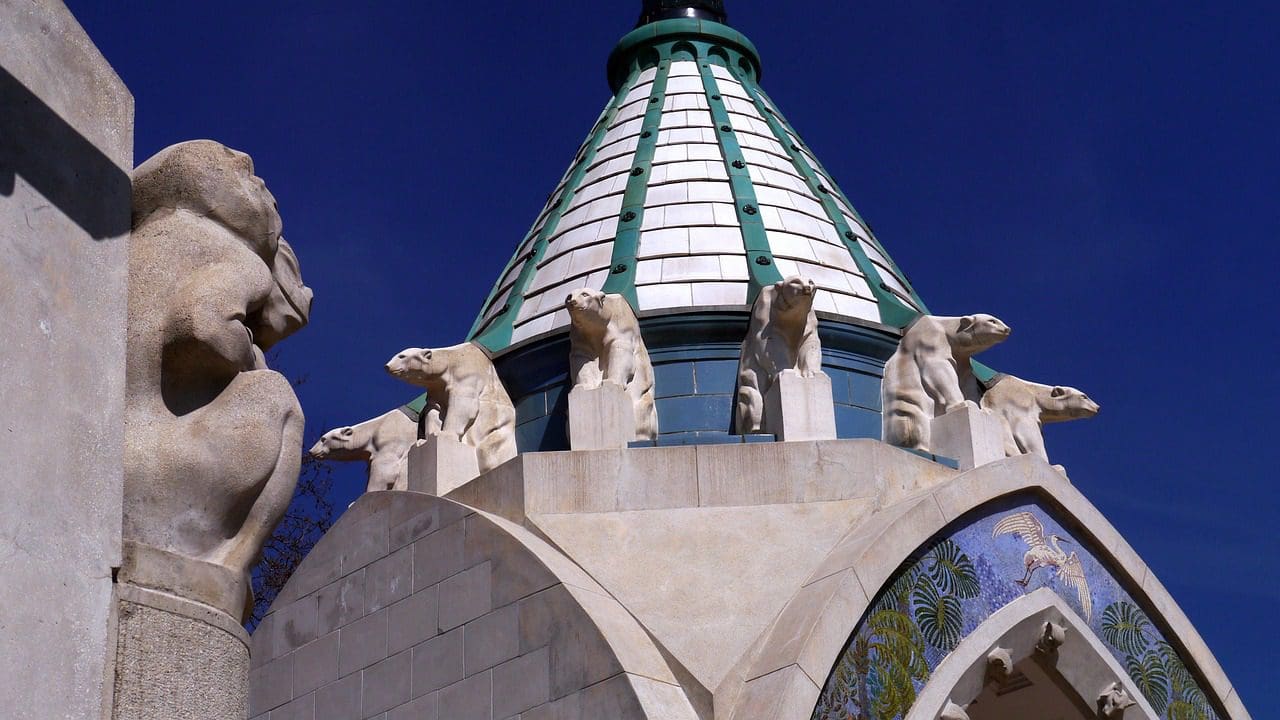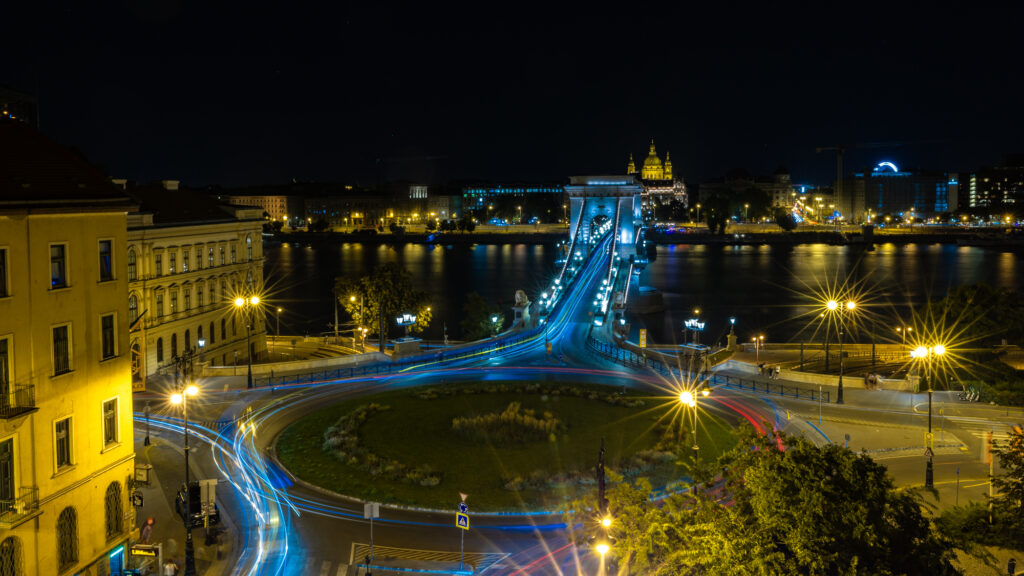With the summer season on, you might be wondering what to do if you are a city person who however likes to be close to nature. We have a tip for you: visit one of Hungary’s wonderful zoos! After recommending that you find out about the country’s nature reserves, unique traits of Hungarian regions and exhibitions, in this article we now provide an overview of the exceptional zoos that Hungary boasts.
The Hungarian network of zoos is in fact among the world’s oldest, with the Budapest Zoo being open to visitors since 1866. As the summer season unfolds, an opportunity arises to witness an awe-inspiring array of fauna and flora in the zoological gardens of the capital city and the countryside.
Hungary is home to around 50 diverse zoos, wildlife parks, bird parks, animal farms, and aquariums. These establishments provide a diverse range of experiences, allowing visitors to appreciate and learn about the rich wildlife of the world and of Hungary specifically. When it comes to traditional zoo parks, it is hard not to mention the glorious Budapest Zoo and Botanical Garden, one of the first zoo parks in the world. Of course this is true only if just institutions that serve as educational-entertainment facilities and are destined for the broader public are counted, as establishments such as royal menageries have existed for centuries. Aside from close to 1,000 species from all over the world, the zoo in the capital holds value due to its famous landmarks, such as the classic Main Gate, the Magic Mountain visible from different points of the city,
as well as the Art Nouveau Elephant House which is covered with Zsolnay tiles.
The Budapest zoo and botanical garden offers a wide array of interactive and thematic exhibitions, therefore, exploring everything that the zoo has to offer might take a couple of days. The high quality of the Budapest Zoo is internationally recognised, and due to the exceptional performance in providing best visitor experience, great level of services and professionality, in 2022 the Budapest zoo was given the 15th place on the Sheridan list, which included and evaluated 126 zoos all over Europe.
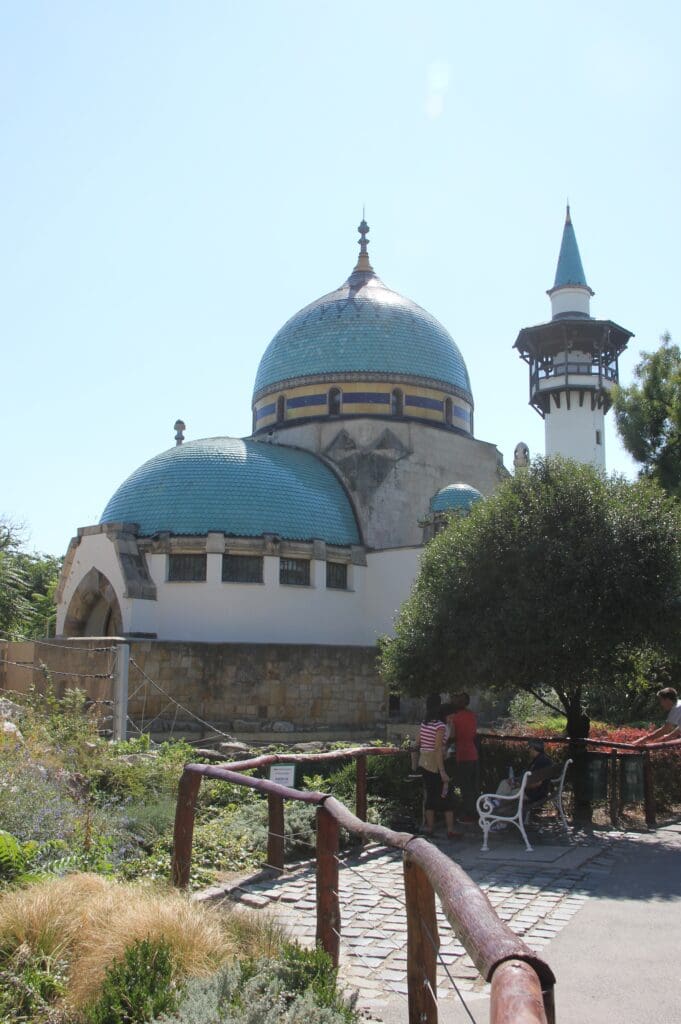
Uniquely, the Budapest Zoo organises a plethora of unique and immersive programmes, allowing visitors to delve into the hidden life of the zoo and explore its inner workings. One such programme is Evening Walks. The recently started programme offers a wonderful opportunity to go beyond the typical zoo visit and uncover the fascinating after-hours world of the establishment. Led by knowledgeable guides, these walks grant visitors exclusive access to areas not usually open to the public, providing a behind-the-scenes glimpse into the hidden life of the zoo.
One episode of the Evening Walks included the exploration of the Biodome and its open-air territory. The unfortunately still unfinished Biodome is the central edifice of the would-be Pannonian (or Pannon) Park, extends over 50,000 square metres and is to display the former and current fauna and flora of the Carpathian basin. The project that was presented with the prestigious International Property Awards was launched in 2013. The building has an average hight of 17 metre, but at its highest point it reach 36 metres. The Pannonia n Park was supposed to have its own river where tourists can explore the Biodome by boat, and its own mini-sea to display the habitat of the Pannonian Sea, a shallow ancient lake that once covered the territories of Central Europe.
The reason why the Biodome and the Park has not been finished is due to the high costs associated with its construction and maintenance. In 2020, finishing the glasshouse project would have required an extra 20 billion HUF—at a time when the total costs already stood at 62.8 billion HUF, way above the original budget of 15,7 billion. The rapid increase in expenses sparked a dispute between the government and the city of Budapest about who should finance the project. As no agreement has been reached yet, the whole project and the structure completed so far is now at risk. It is highly unfortunate that the dispute about who should finance and maintain the Biodome has a political twist to it. The Pannon Park was started to be constructed under the close-to-Fidesz mayor of Budapest, István Tarlós, but the current opposition mayor, Gergely Karácsony refuses to allocate funds for it.
Sometimes wrongly downplayed compared to its counterpart in the capital is the Nyíregyháza Zoo. The Nyíregyháza facility can definitely put up a good competition with the zoo in Budapest, as its captivating location in the pristine Sóstó recreation area, as well as the impressive array of animals it houses, which includes the biggest land animals in the world such as the African Elephant, the Asian Elephant and the White Rhinoceros, make it an exceptional asset of the Hungarian zoo system and a place definitely worth visiting. The Nyíregyháza Zoo is the second largest zoopark in Hungary in terms of the number of animals kept, however, it feels somewhat larger than the Budapest one due to the fact it is less crowded. The forest of the Sóstó area where the zoo is situated creates an immersive atmosphere, allowing the visitors to feel completely one with nature.
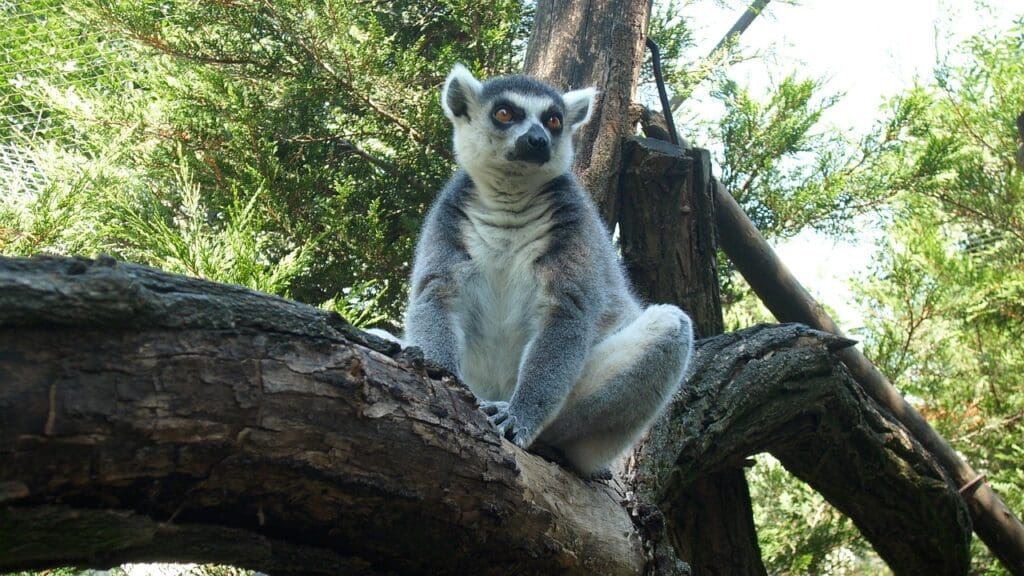
Among other Zoo parks, the picturesque Veszprém Zoo, the diverse Győr–Xantus János Zoo, and the Pécs Zoo with a famous 100,000 litre pool showcasing water life, are also worth mentioning and visiting. The Szeged zoo is the youngest in the country, operating since 1989
with a special focus on rescuing and treating injured and orphaned animals.
However, there are not just ‘traditional’ zoos in the country that exhibit wildlife from all around the world in dedicated sections. Aside from them, there are also thematic zookeeping establishments, such as institutions specifically dedicated to one animal or a limited number of animals from a region. In this regard, among the most notable ones is the Farm and Bear Shelter in Veresegyház, with, as its name indicates, a special focus on bears. Visitors may also feed the animals at the shelter, which is located at a half-hour drive from Budapest. The Kecskemét Wildlife Park, the smallest zoo establishment in the country, and the Hortobágy Wild Animal Park focus on wild and domestic life forms native to Hungary, with the latter trying to recreate the ecosystem of the Carpathian Basin before the appearance of man that pushed different species onto the brink of extinction or exterminated them completely. Due to the project’s dedication to bring back the once traditional fauna of Hungary, visitors can have a close look at the exotic Przewalski’s horses in the wild.
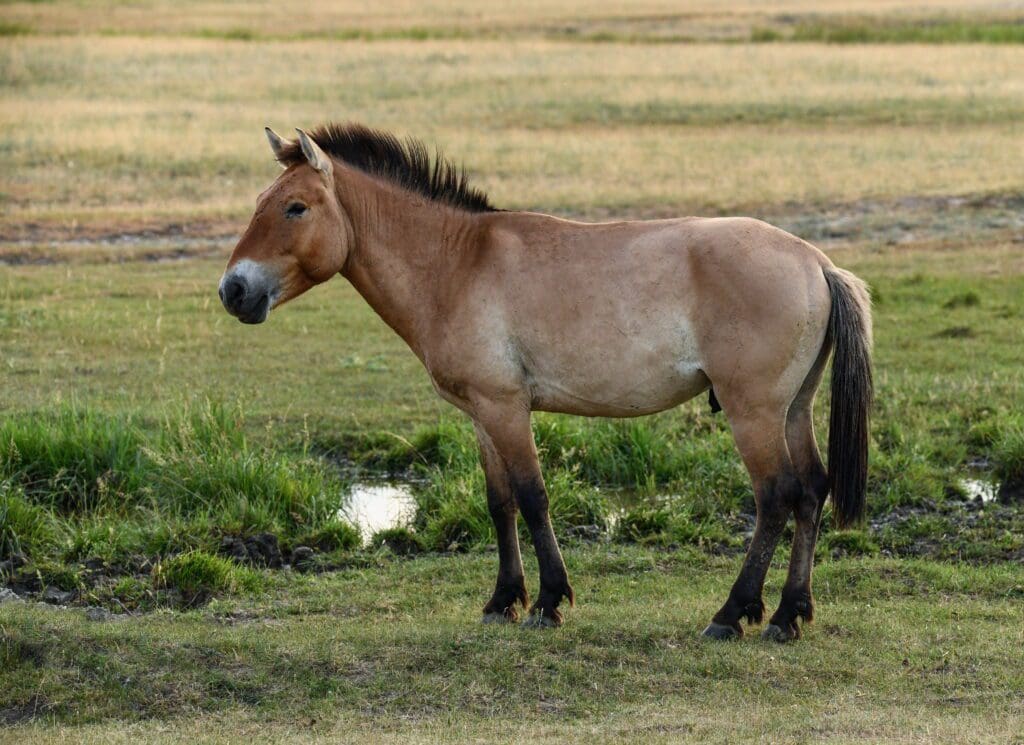
Caring for nature holds immense importance in our world. Beyond practical considerations such as avoiding ecological catastrophes, safeguarding natural treasures demonstrates a civilization’s ability to transcend the destructive exploitation of the natural world. we humans bear a profound obligation to protect and nurture the biosphere; it is good to know that Hungarian efforts in this regard are among the most advanced in the world.

